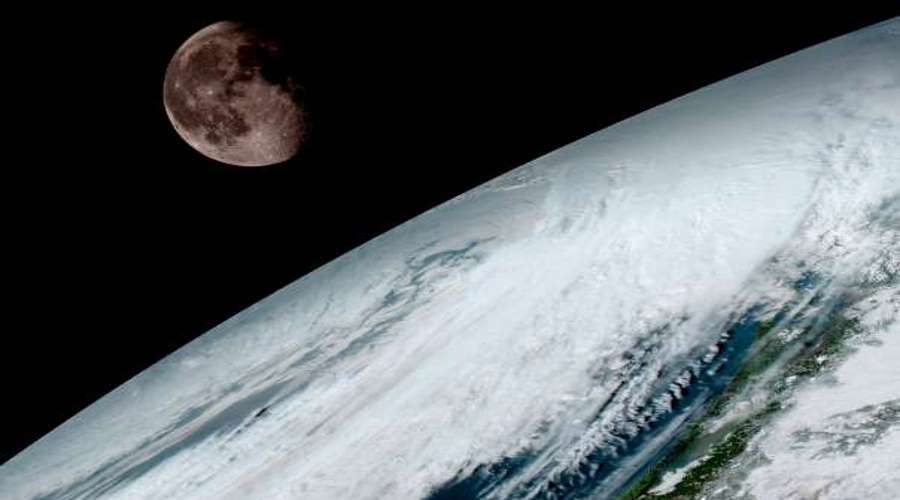New generation weather satellite has sent back first images of Earth
The images taken by the U.S. weather satellite GOES-16 (Geostationary Operational Environmental Satellite – previously called GOES-R) are four times more accurate than those previously taken. The satellite is operated by the US National Oceanic and Meteorological Service (NOAA).
– It’s much more than a pretty picture. This is the future of meteorological observation and forecasting – said Louis Uccellini of NOAA. – The satellite will provide sharper and more detailedół meteorological images. It will móhead to reveal the characteristics of someórych weather phenomena, whichóre older instruments may have missed. Very fast refresh of these imagesów will allow us to monitor and predict the development ofój of these phenomena more precisely – added.
A new-generation weather satellite has been launched into a geostationary orbit (one thatóra allows to maintain a fixed position over a selected point róEarth’s penetration) on November 19 last year. It then underwent tests.
GOES-16 provides images in several wavelengths of light. It is capable of transmitting a view of the entire western półkula every 15 minutes, America’s PóNorth Sea every 5 minutes, and meteorological images every 30 seconds. It’s definitely faster than previous such devices. The machine cost eight millionóin the dollarów. The whole system is complemented by ground-based research stations.
NOAA plans to launch a similar satellite – GOES-S or GOES-17 in spring 2018.
